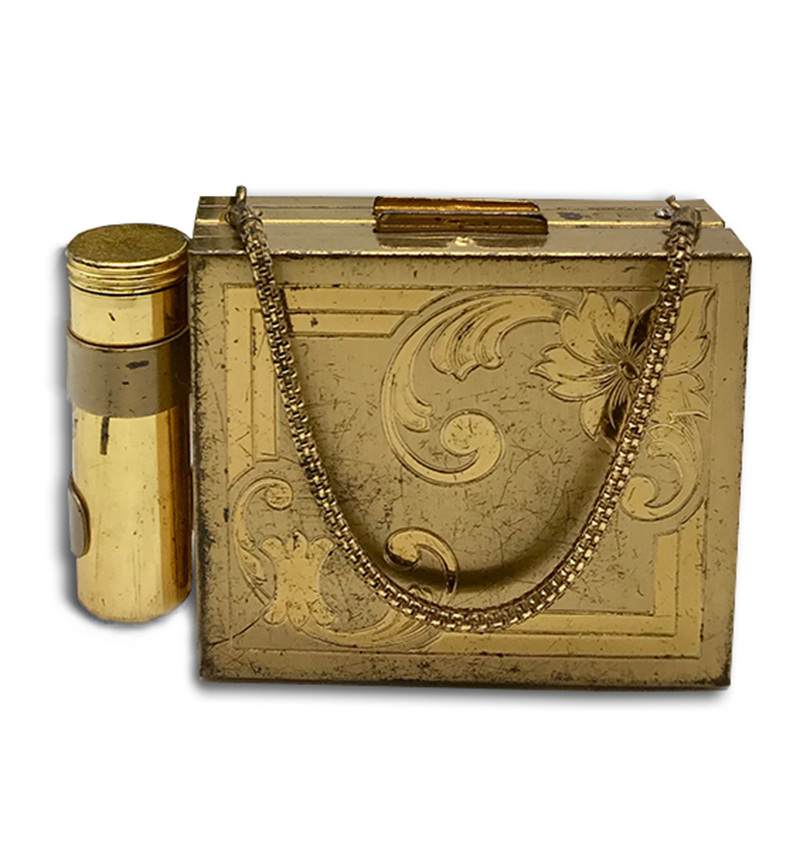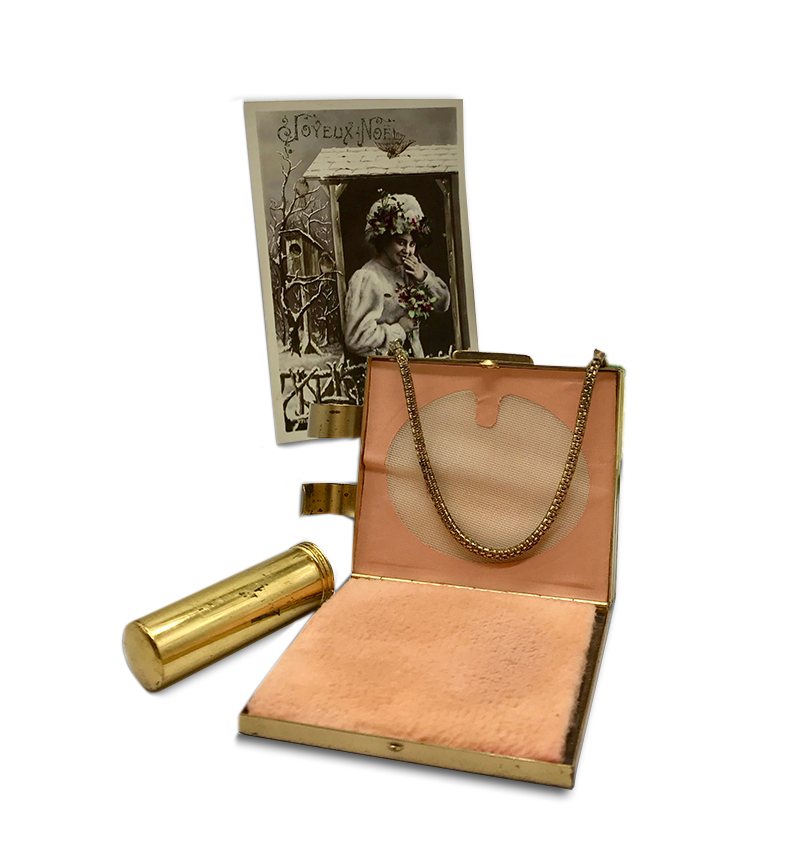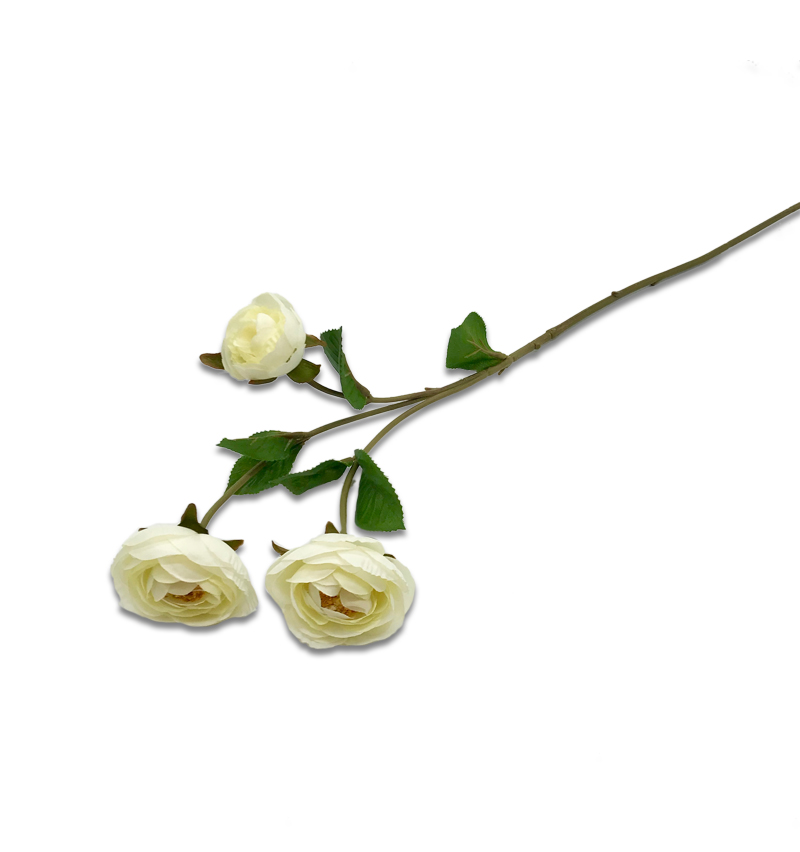Description
A Minaudière or Nécessaire? Minaudière is the French name for a small clutch purse that is often encrusted with precious gems or glass rhinestones. This style was invented and named by Jewellers Van Cleef & Arpels in 1930. The originals were metallic and contained various small compartments for money, lipstick, keys etc, in accord with the streamlined Art Deco style prevailing in women’s evening wear at the time. In this way, the early examples resembled Nécessaires. Minaudière is now a generic term referring to many types of small bags, though most properly one that is hard, hinged, and opens with a clasp. However, unlike Nécessaires, they do not, in general, have fitted compartments for specific items. A Nécessaire is a small object designed to contain an array of even smaller items for daily use – ‘nécessaire’ as in French for ‘necessary’. Although some were the size of a large box or a small case and stood on feet, most were hand- or pocket-sized. They may have a strap or chain to fasten to a belt or loop to carry around a wrist. Victorian versions could be fastened to a watch fob or worn on a chatelaine. The most expensive examples were made of precious metal and fine enamel and may be adorned with jewels. Both Van Cleef & Arpels and Cartier are known for making some extraordinary examples of this type. While turn-of-the-20th-century nécessaires are often shaped like cylinders or cigarette cases, and that shape remained popular for decades to come, many of those made by Fabergé in similar fashion to the bejewelled eggs for which the Russian jeweller is so well known. Early 18th century examples held practical articles, like sewing accessories (perhaps needles and a small pair of scissors), pencils or knives. These were the types worn on a watch fob or chatelaine, although some were designed to be carried in a pocket or purse. By the early 20th century, they began to function as small handbags with fitted compartments for carrying cosmetics, cigarettes, or toiletries.















